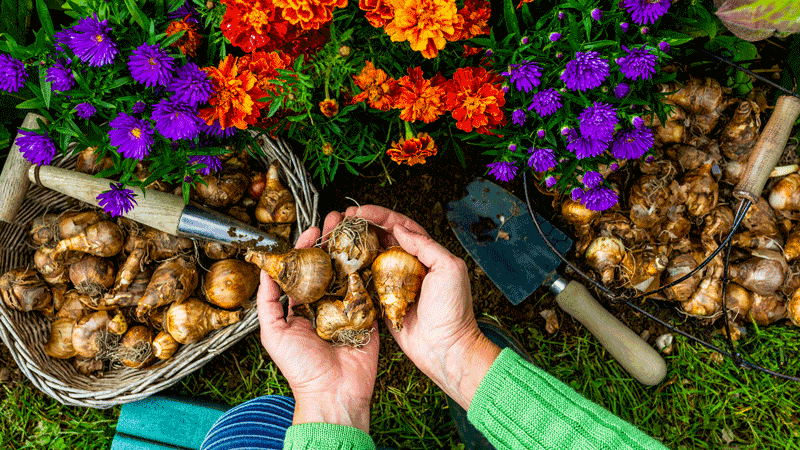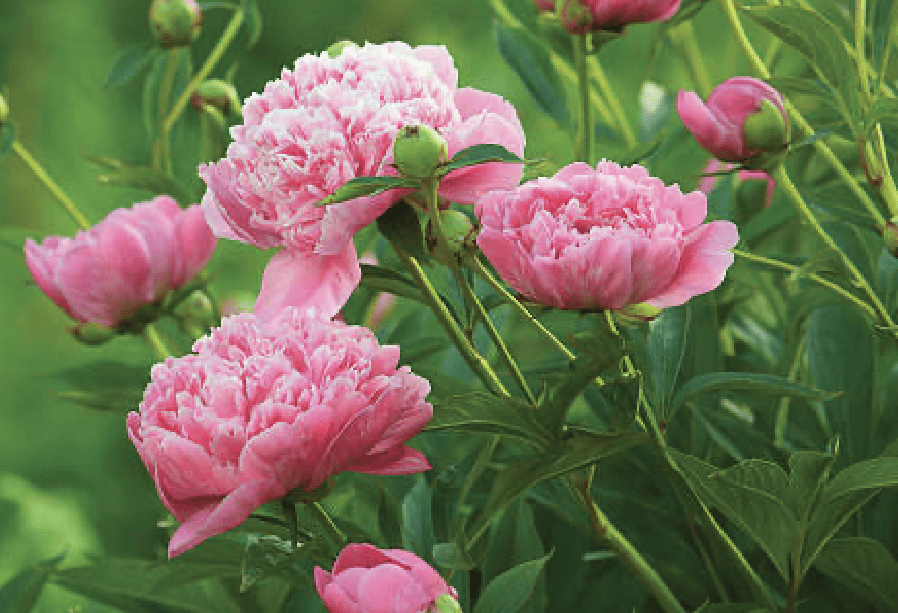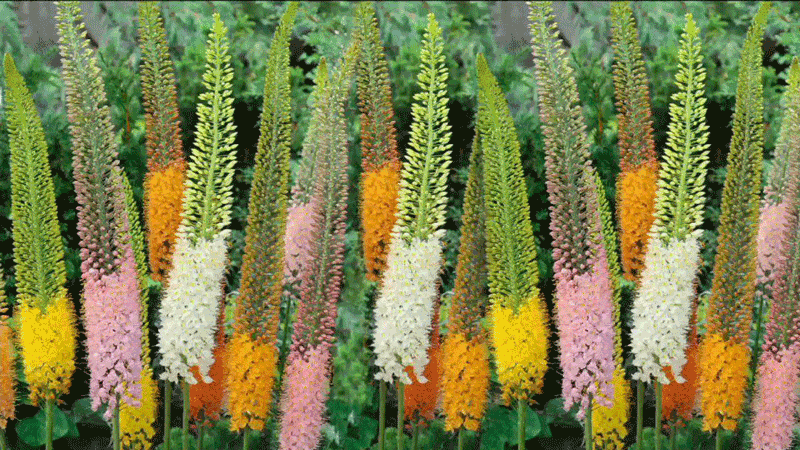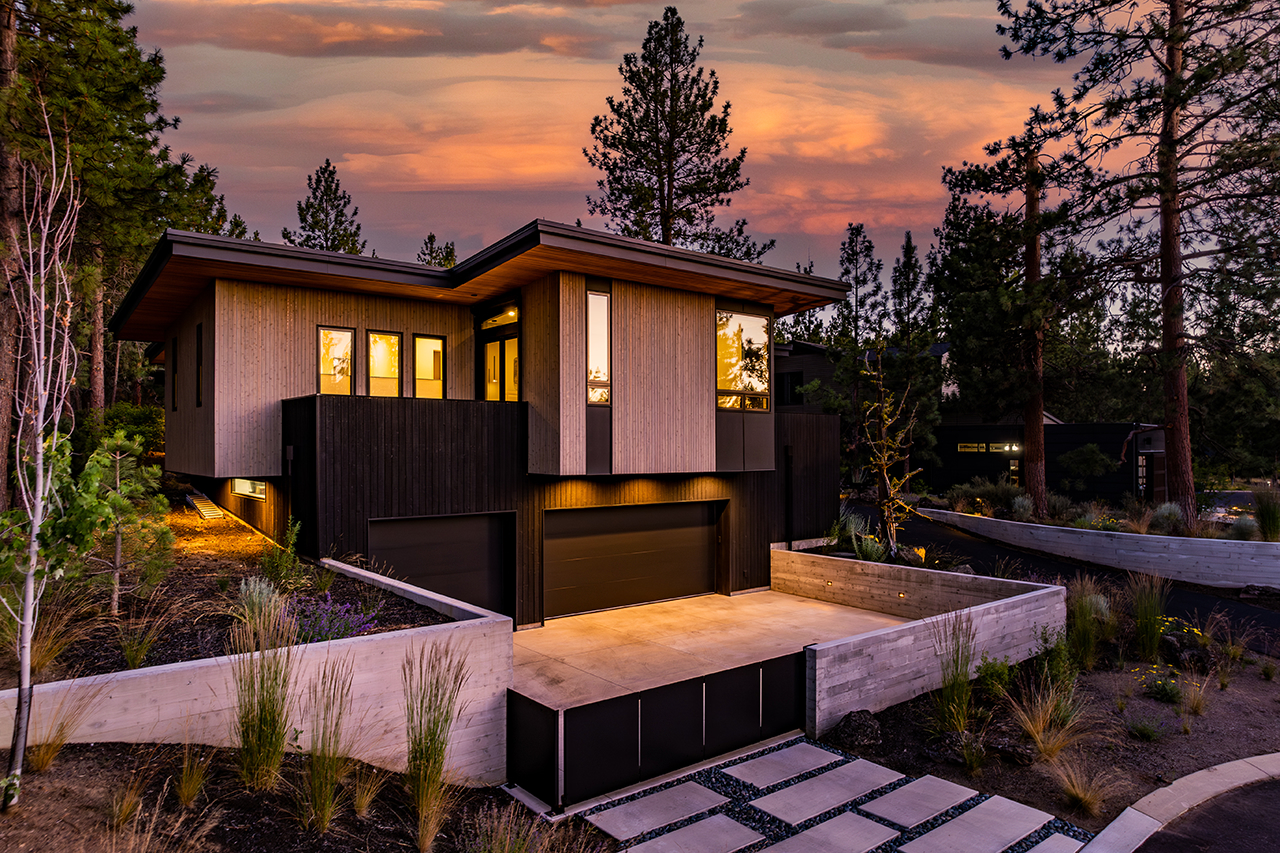Beyond the pigmented leaves and pumpkin spice mania, there’s abundant activity taking place in the fall. Bears are stuffing themselves full and fat on anything they can get their jaws around. Squirrels are accumulating stockpiles like fuzzy doomsday preppers. Birds are aiming their beaks southbound toward warmer weather. And garden tenders—the savvy ones—are planting bulbs.

Bulbs exist under the broad category of perennial plants, or plants that live more than two years. Taken literally, the term perennial means “through the years.” Planting bulbs in the fall, if done correctly, will offer delayed but beautiful spring blooms for years to come. “Bulbs are the gems of the garden. They’re little treasures. You plant them and forget about them, then all of a sudden, they bloom, and they’re amazing,” said Moss Mahler, founder and sole operator of Hobo Rosa Landscaping.
There are “green thumbs,” and there are people like Mahler who have green fingers and toes as well. Her business, Hobo Rosa is founded on passion, and her experience is a result of twenty years of hard work and indulgence in her curiosities. “This is what I love, so I spend a lot of time geeking out on it,” Mahler said.
‘Tis the Season
The purpose of planting in the fall, according to Mahler, is to give the bulbs time to put down roots and establish themselves below the surface. Because nothing is happening above ground, especially during the late autumn and winter months, many people have the false assumption that nothing is happening below ground either.
Bulbs should be planted when soil temperatures are around forty degrees, according to Amy Jo Detweiler, community horticulturist for Oregon State University Extension in Central Oregon. For successful flowering, bulbs also require a chilling period, or roughly ten weeks in a row at forty degrees or cooler. “September through October is going to be a good window to plant here in Central Oregon,” Detweiler said.

Choosing and Planting
Tulips, daffodils, crocus, hyacinths, scilla and snowdrops are the more common spring-blooming bulbs, but they are by no means the only options. “One of my favorites is the foxtail lily,” Mahler said. “I’ve been having really good success with them and they’re really showy. They get three or four feet tall with their flower spikes, and they like the drier conditions here.” While climate is a crucial factor in bulb choice, Mahler advocates for personal taste. Find something that will spark excitement at full bloom after a long winter.
In preparing the bulb bed, typical weed removal, soil loosening and amending the soil with compost will all be beneficial for bulb development. Choose an area that will get at least six hours of daily sunlight in the spring, and follow the general rule of planting bulbs three times as deep as the bulb is tall, with the pointed end of the bulb aimed upward. For tuberous plants—another bulb-like structure—or bulbs that don’t have an obvious point at the top, plant them root-side down, or on their side just below the compost surface, with the indented side facing up. At the time of planting, both Mahler and Detweiler suggest adding a handful of fertilizer high in phosphates.

Time to Bloom
Big bloom or small, prepare to bear witness to a fresh splash of color in the spring. “The bigger the bulb, the bigger the bloom,” Detweiler said. “The size of the bulb, when buying them, has a direct correlation to flower size.” The exact timing of the bloom will depend on the variety of bulb and soil temperatures. The birds and bees will enjoy them as well, but beware of deer who have a strong appetite for tulips.
Appreciate the flowering period in the spring and understand that the flamboyant, above-ground life of a bulb is short-lived. “After bulbs flower, they go through an awkward phase,” Mahler said. “Daffodils are a good example, they flower, they look really great, and suddenly they look like they’re dying.” Similar to the planting and dormant period underground, this awkward phase is important. Where many people error is their impatience in cutting back the yellowing leaves. When the initial burst of beauty subsides, the remaining leaves—while sad-looking—are soaking up as much solar energy as they possibly can. Wait until the leaves are good and brown before cutting them back, and trust the perennial nature of the bulb—they’ll be back.




